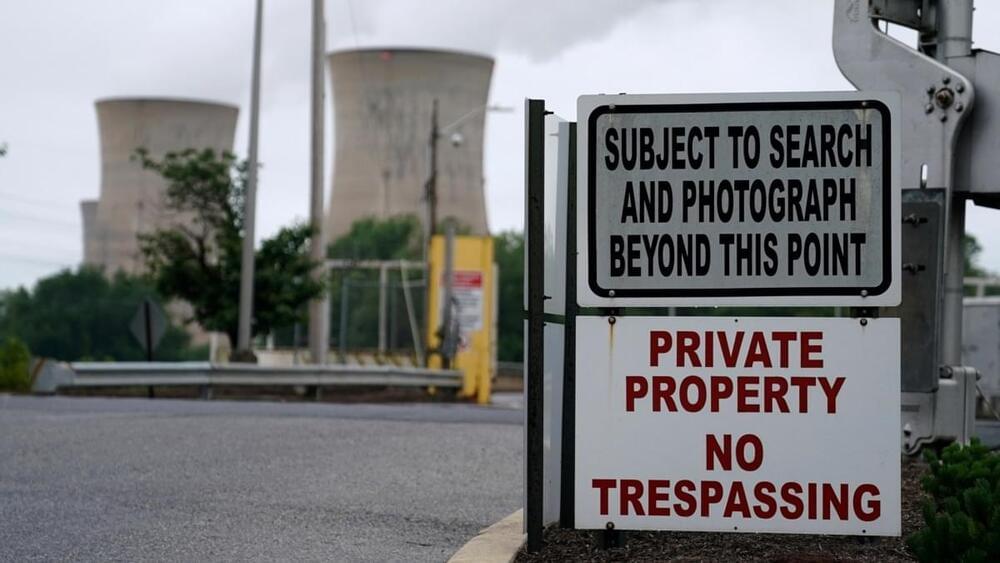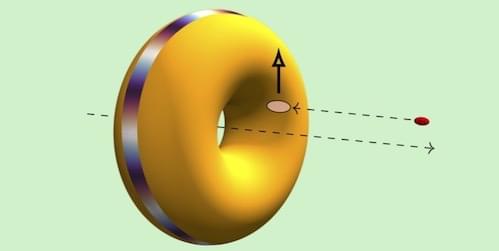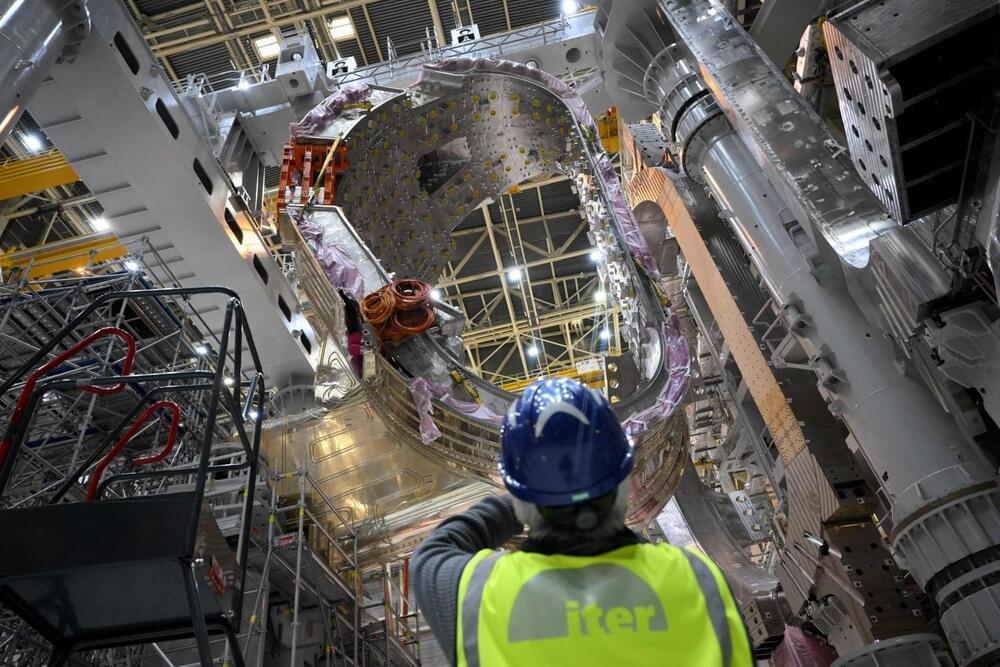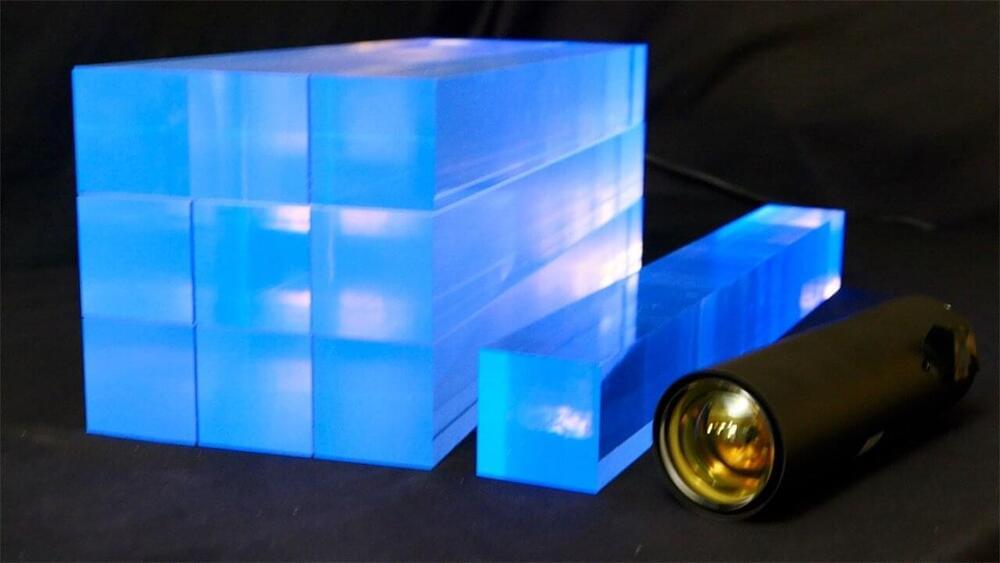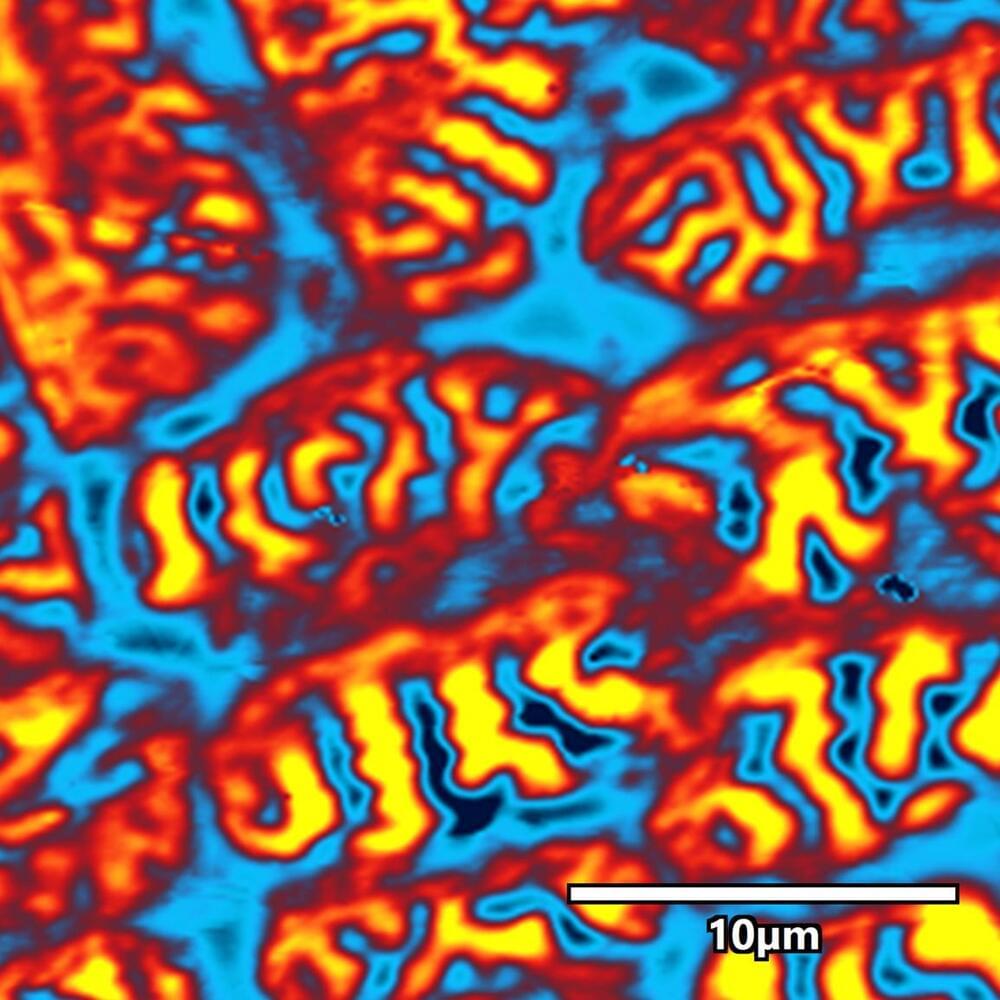When Lawrence Livermore National Laboratory (LLNL) achieved fusion ignition at the National Ignition Facility (NIF) in December 2022, the world’s attention turned to the prospect of how that breakthrough experiment — designed to secure the nation’s nuclear weapons stockpile — might also pave the way for virtually limitless, safe and carbon-free fusion energy.
Advanced 3D printing offers one potential solution to bridging the science and technology gaps presented by current efforts to make inertial fusion energy (IFE) power plants a reality.
“Now that we have achieved and repeated fusion ignition,” said Tammy Ma, lead for LLNL’s inertial fusion energy institutional initiative, “the Lab is rapidly applying our decades of know-how into solving the core physics and engineering challenges that come with the monumental task of building the fusion ecosystem necessary for a laser fusion power plant. The mass production of ignition-grade targets is one of these, and cutting-edge 3D printing could help get us there.”

